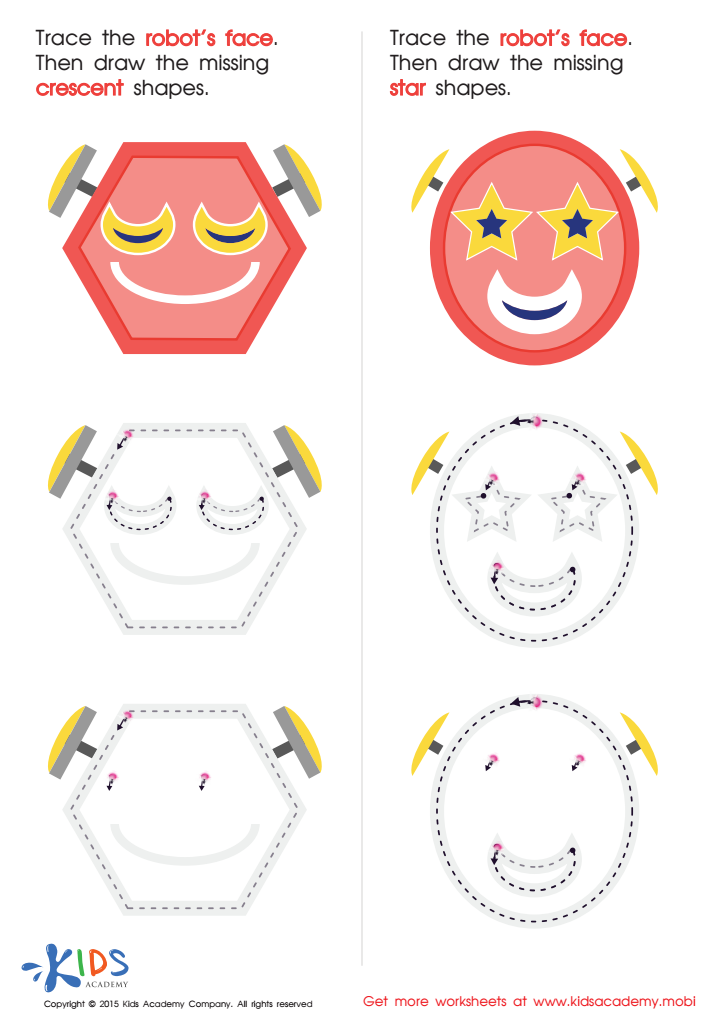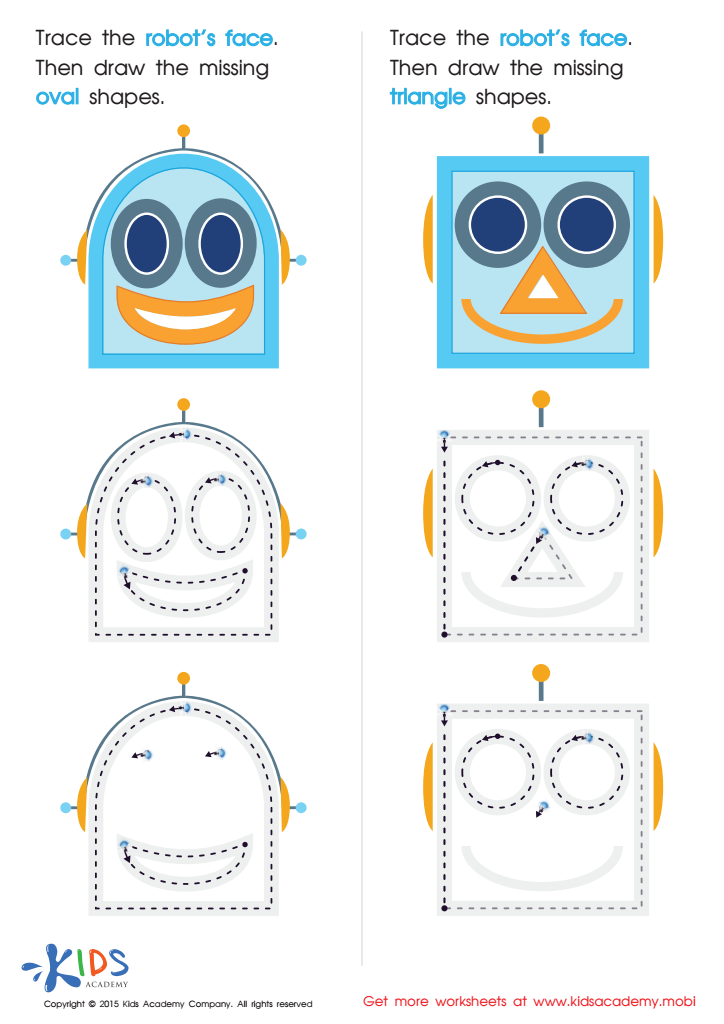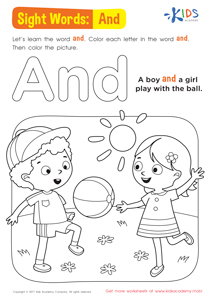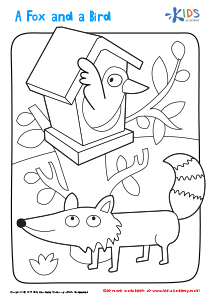Easy Tracing Shapes worksheets activities for Ages 5-6
2 filtered results
-
From - To


Composing a Robot's Face of Crescents And Stars Worksheet


Drawing Ovals And Triangles with Fun Printable
Easy Tracing Shapes worksheets activities are a cornerstone in early childhood education, providing a blend of fun and learning. These simple yet effective tools are designed to aid in the development of fine motor skills, hand-eye coordination, and understanding of geometric concepts. Let's delve into why they are so beneficial.
Firstly, Easy Tracing Shapes worksheets activities serve as an introductory path to the world of geometry. By tracing various shapes, children begin to recognize and differentiate between circles, squares, rectangles, and triangles. This early exposure lays the groundwork for more advanced mathematical concepts, making the transition smoother and less intimidating.
Moreover, these activities are pivotal in enhancing fine motor skills. The act of tracing requires control, precision, and coordination. As children grasp pencils or crayons to follow the outlines of shapes, they are essentially strengthening their hand muscles and improving their grip. This is a crucial skill that transcends beyond the classroom, aiding in daily tasks such as writing, tying shoelaces, or using utensils.
Hand-eye coordination is another significant benefit derived from Easy Tracing Shapes worksheets activities. Children learn to guide their hand movements based on visual information, a skill that is fundamental in reading, writing, and sports. By repeatedly practicing tracing, they develop a keen sense of spatial awareness and hand-eye synchronization, which are essential for academic success and general well-being.
Furthermore, these activities promote focus and concentration. The task of tracing shapes requires attention to detail and patience, qualities that are beneficial in all areas of learning. By engaging in Easy Tracing Shapes worksheets activities, children learn the value of persistence and the satisfaction of completing a task, fostering a positive attitude towards learning.
In summary, Easy Tracing Shapes worksheets activities are much more than just a simple pastime. They are a multifaceted educational tool that prepares children for future academic challenges while promoting physical and cognitive development. By incorporating these activities into early education, we pave the way for well-rounded, skillful, and confident learners.
 Assign to the classroom
Assign to the classroom












